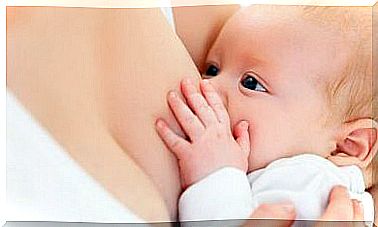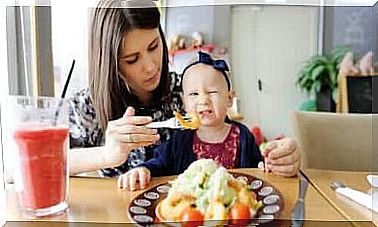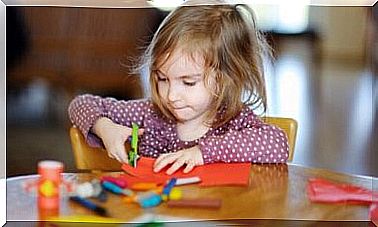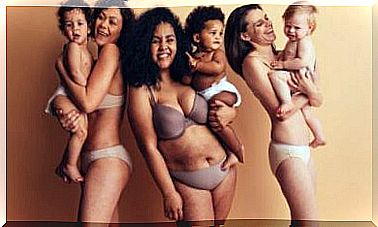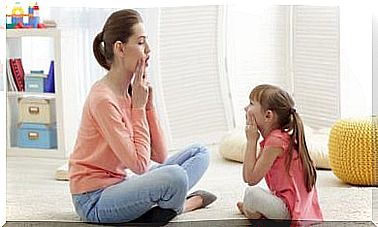Anaphylaxis In Children: Causes, Treatment And Preventive Measures
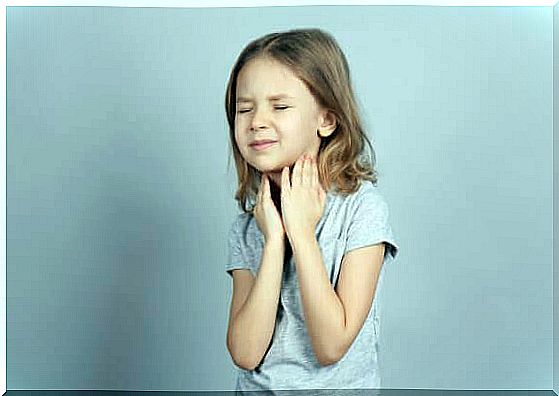
Anaphylaxis is a serious allergic reaction that affects several organs. The cause varies depending on age and person. It can be difficult to identify anaphylaxis in children because the symptoms are not always obvious. In addition, they can be easily confused with symptoms of other conditions.
Since it is a serious reaction, it is very important that you quickly realize what is happening and what needs to be done.
What is anaphylaxis?
It is a very dangerous allergic reaction in the body that affects more than two organs at the same time. The term was coined by Charles R. Richet, who received the Nobel Prize in Medicine. It is also known as an anaphylactic shock, allergic reaction or anaphylactic reaction.
After being exposed to a certain substance, a child’s immune system can become sensitive to it. The next time the child is exposed to the substance, or allergen as it may now be called, he or she may experience an anaphylactic reaction.
How to identify if your child is suffering from anaphylaxis
Typically, the following symptoms may occur very suddenly:
- Hives that itch a lot
- Severe breathing difficulties
- Nasal congestion or cough
- Swollen throat
- Swollen lips and tongue
- Gastrointestinal disorders such as abdominal pain, cramps, diarrhea, nausea or vomiting
- Temporary loss of consciousness
- Low blood pressure
- Hoarseness or difficulty speaking
- Accelerated heart rate
Potential challenges with anaphylaxis in children
The substances that mainly trigger the condition are:
Drug
Among the drugs that can cause an anaphylactic reaction, non-steroidal anti-inflammatory drugs and antibiotics are the most common. An example is the commonly used antibiotic amoxicillin.
Vaccines and specific immunotherapies rarely cause severe allergic reactions.
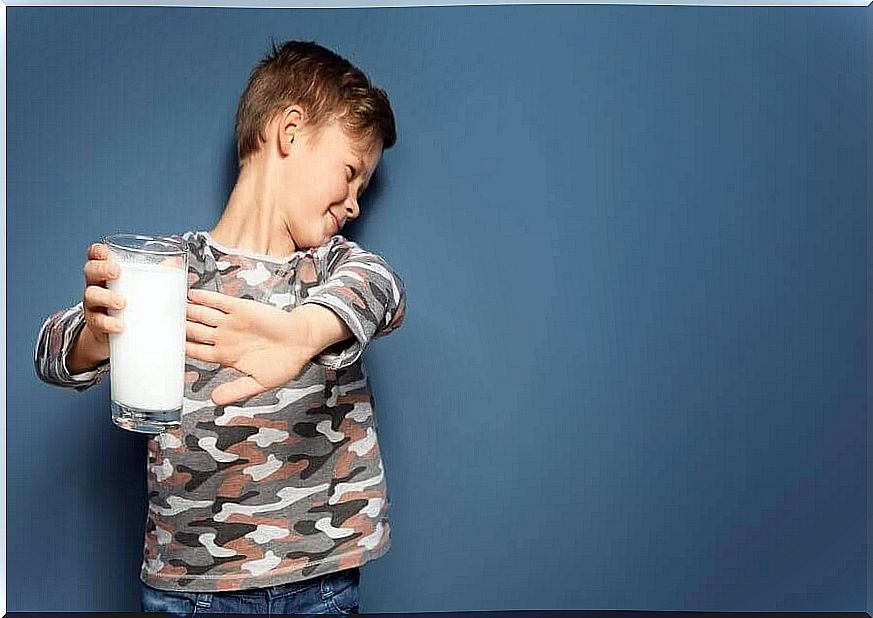
Food and food
These vary depending on the country in which the child lives and the child’s eating habits, exposure level and how the food is prepared. The foods that often cause anaphylaxis in children are eggs, fish, milk, grains, legumes and nuts.
Other factors
Genetic factors and the environment can cause serious allergies. A very common allergen that triggers anaphylaxis is stings from insects in the family Hymenoptera such as wasps, fire ants and bees.
Children can also suffer from anaphylaxis from living in too cold, humid or hot environments. In addition, specific situations such as menstrual periods and dental visits can also cause it.
Idiopathic anaphylaxis
This type of anaphylaxis is characterized by the fact that it is not possible to identify which substance is causing the reaction, even after undergoing a complete allergy test. Idiopathic anaphylaxis can affect both children and infants.
4 preventive measures
You can prevent an anaphylactic reaction if you follow these tips:
- Avoid things that have previously caused a reaction. Carefully examine the ingredients and read the labels on medicine and food packaging. If you eat out, make sure the restaurant uses ingredients that your child can eat.
- Always carry the medicine your doctor recommends. It is also good to always have an extra pen with adrenaline with you for a possible wasp sting.
- Make sure your child’s allergies are listed on his or her ID card or medical identity card.
Immediate treatment
Anaphylaxis can quickly get worse, so it requires immediate treatment. If your child suffers from this type of allergy, always carry a pen with adrenaline.
You get it prescribed by a doctor and it is designed so that you can administer it yourself. As the name suggests, it looks like a big pencil and therefore does not look scary to your child. It is very easy to administer.
Adrenaline straight into a muscle is the most effective way to treat anaphylaxis. It prevents cardiovascular collapse and spasms in the bronchi.
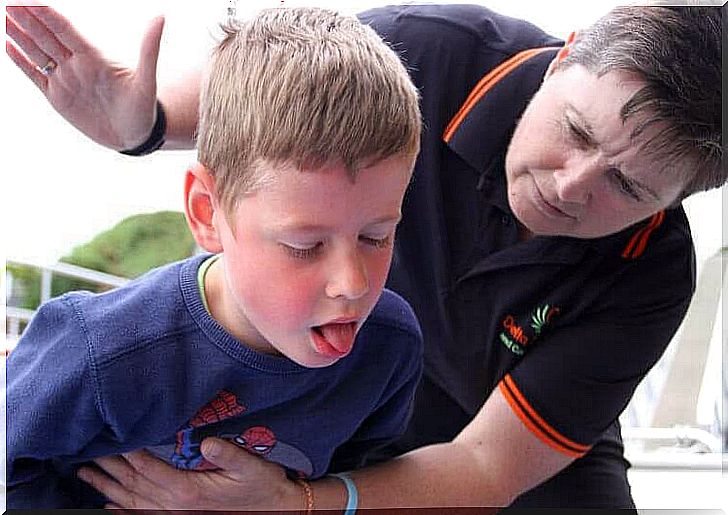
Your child’s allergist may suggest that you give your child antihistamines instead of adrenaline. However, these may react in combination with other medications.
Always call 112 after giving your child an injection of adrenaline in the event of a reaction, even if he or she has calmed down. Sometimes anaphylaxis has a second wave of symptoms or a reaction in two phases.
At the hospital, they will observe your child for about 4 hours or until he or she is definitely safe. If necessary, they will give your child additional treatment there.
An anaphylactic reaction that does not get the right treatment quickly is potentially fatal. Therefore, you must act immediately. But do not overdo it. Learn how to act if your child needs help and move on with your life as usual.



